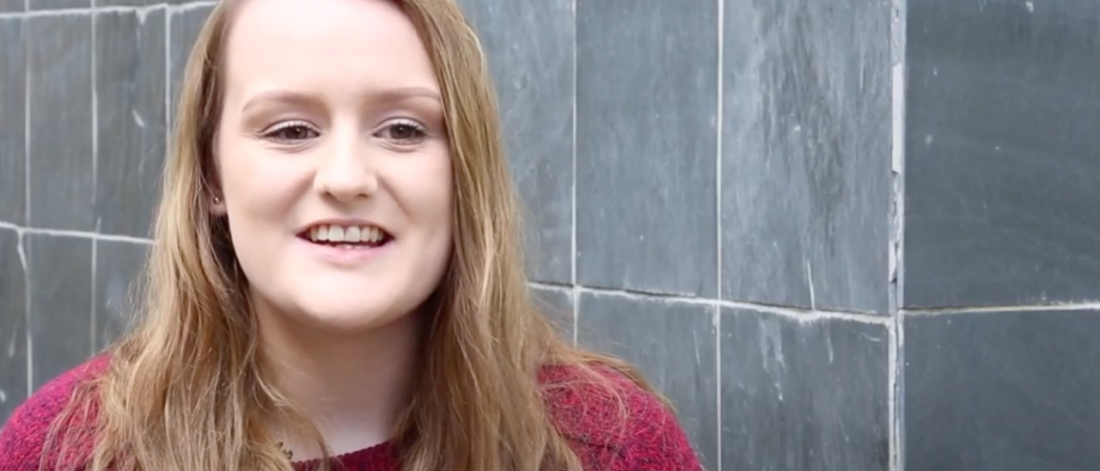Sut i wneud cais
Yr oll sydd angen i chi wybod am wneud cais am le ar un o'n cyrsiau israddedig.
Ffioedd a Chyllid
Dewch i wybod mwy am ein ffioedd dysgu a chostau byw er mwyn i chi allu llunio cyllideb a gwneud cais am arian.
Llety
Dewch i weld ein neuaddau preswyl sydd wedi ennill gwobrau am eu safon.
Archebu Prospectws
Mae yna ddipyn o wybodaeth i'w ystyried, felly archebwch brospectws er mwyn dysgu mwy amdanom yn eich amser eich hun.
Rhan amser
Os ydych yn chwilio am 'chydig o hyblygrwydd, efallai bod astudio rhan amser yn opsiwn i chi.
Astudio Dramor
Dysgwch fwy am ein cyfleoedd o gyfuno eich hastudiaethau gyda chyfnod dramor yn gweithio neu astudio.
Lleoliadau Gwaith
Manteisiwch ar sgiliau trosglwyddadwy er mwyn sefyll allan ymysg ymgeiswyr eraill gyda ein rhaglen lleoliadau gwaith.
Myfyrwyr Hŷn
Dewch i wybod mwy am sut fath o gefnogaeth sydd ar gael i fyfywryr hŷn ym Mangor.









